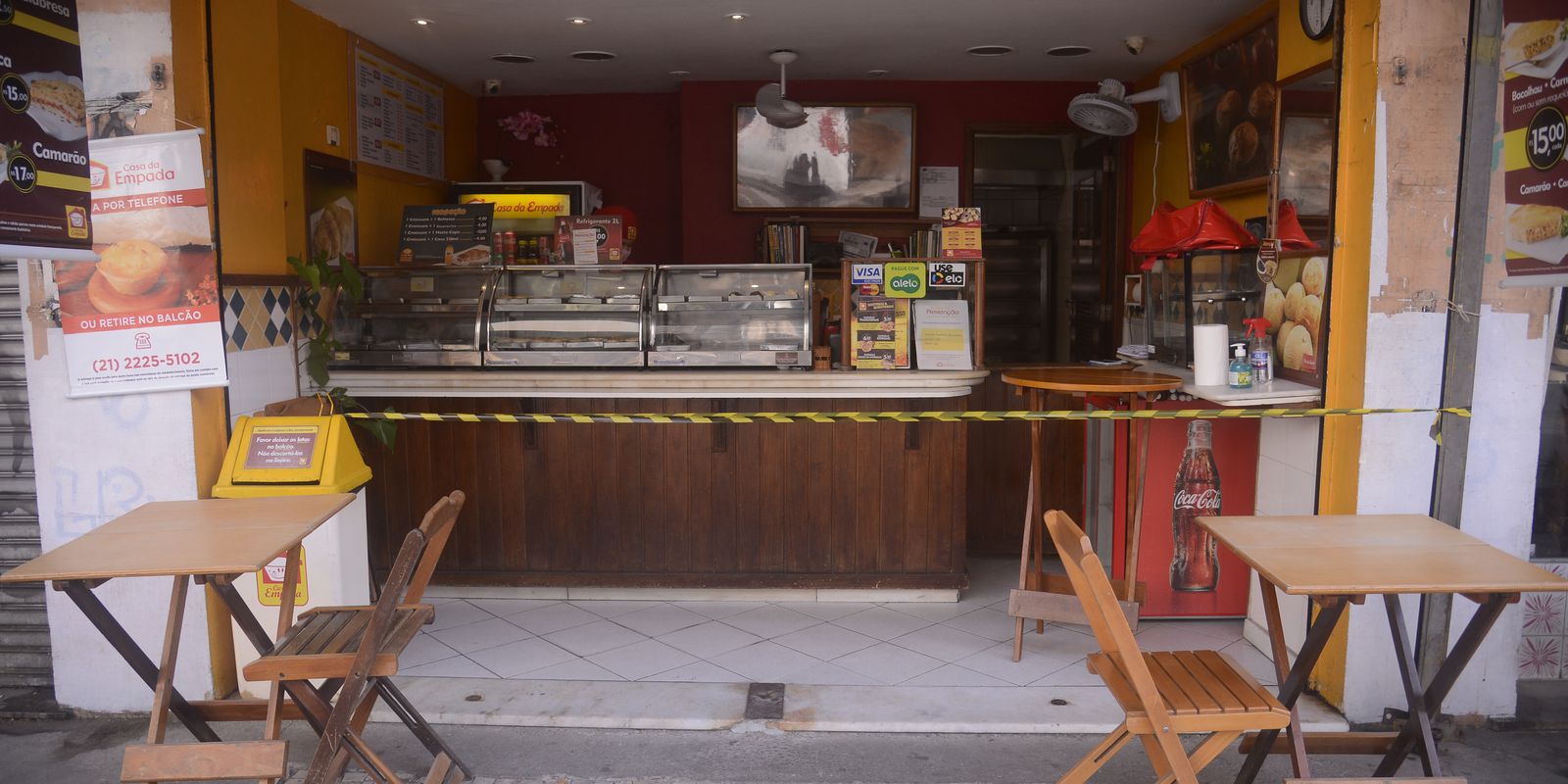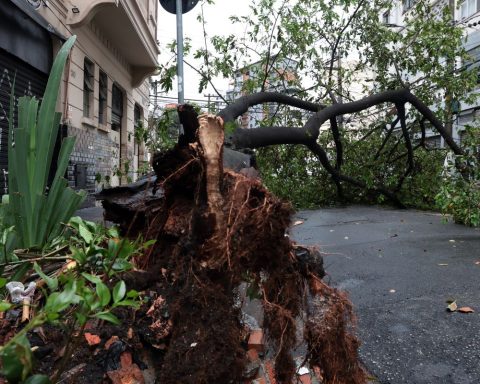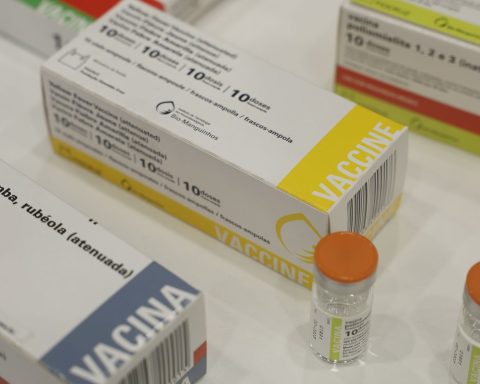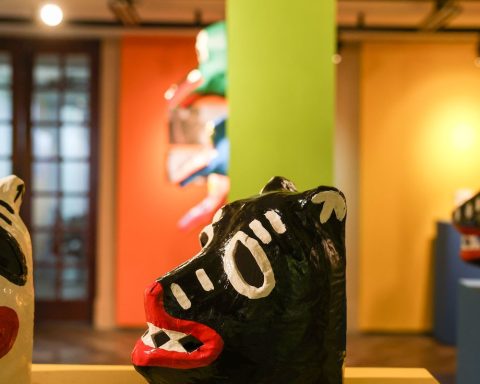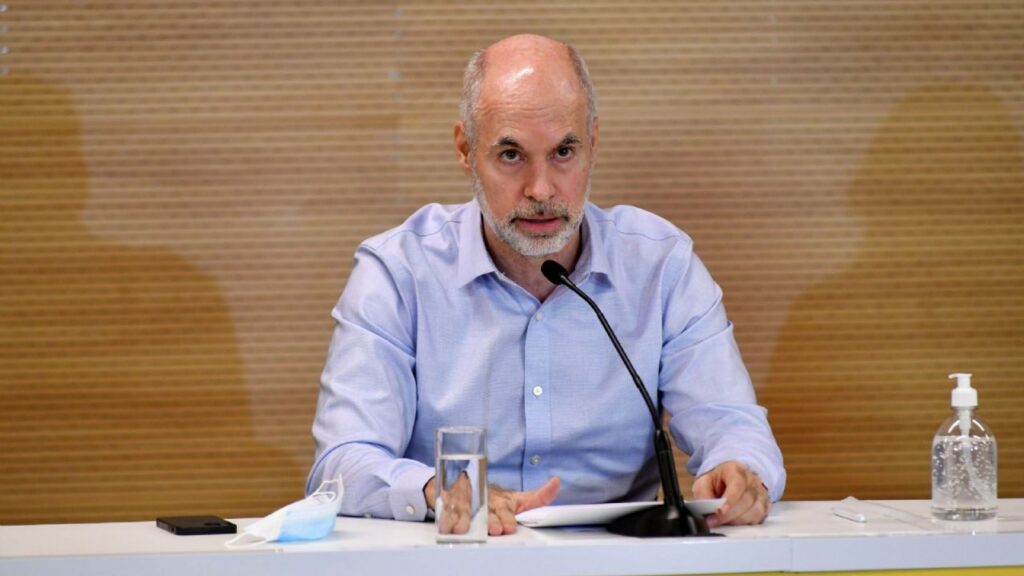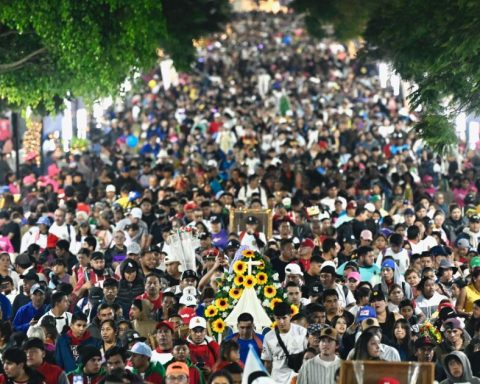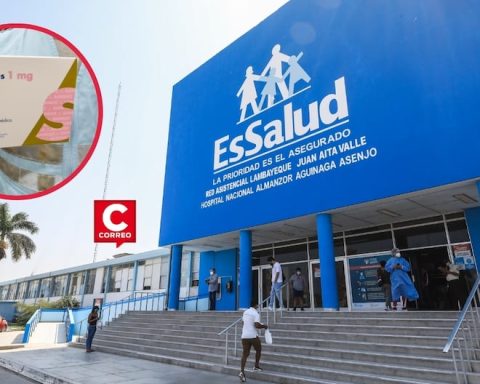Small businesses generate income of around R$ 420 billion per year, equivalent to about one third of the Brazilian Gross Domestic Product (GDP, the sum of goods and services produced). The estimate is contained in the Small Business Atlas, launched by the Brazilian Support Service for Micro and Small Enterprises (Sebrae), which today (5) completes 50 years.
According to the unprecedented survey, smaller businesses inject R$ 35 billion per month into the Brazilian economy. The research analyzed the participation in the economy of micro-enterprises, small businesses and individual micro-entrepreneurs (MEI).
According to the publication, MEI generate BRL 11 billion every month, which means BRL 140 billion per year. Micro and small companies generate monthly R$ 23 billion, moving R$ 280 billion per year.
Currently, smaller businesses account for 30% of GDP. According to the president of Sebrae, Carlos Melles, the share could reach 40% of GDP, if the country grows 3% a year in the coming years. “In developed countries, the share of small businesses in GDP is around 40% to 50%. If in 10 years we manage to promote this growth, the entire economy benefits, thanks to the power that MSEs [micro e pequenas empresas] they have to generate income and jobs”, he evaluated.
The survey found that out of 15.3 million small business owners in activity in Brazil, 11.5 million depend exclusively on business activity to survive. In relation to MEI, the proportion reaches 78%, which is equivalent to about 6.7 million people. Among micro and small business owners, 71% have small businesses as their main source of income, which represents around 4.7 million people.
Growth
From 2012 to 2021, the number of self-employed workers in Brazil grew by 26%, from 20.5 million to 25.9 million. In the same period, the number of formalizations among MEIs increased from 2.6 million to 11.3 million, an increase of 323%. This means more than 12 times greater growth among individual micro-entrepreneurs, compared to business owners who have not formalized themselves.
According to the Sebrae survey, 28% of MEI were operating outside the formal market when adopting the special tax payment regime. Of this total, 13% had informal entrepreneurship as their main occupation and 15% worked as employees without a formal contract. The proportion of informal workers has been falling over time. About 2.5 million people were removed from the informal sector (28% of 8.7 million active individual micro-entrepreneurs), because of the MEI registration.
In relation to micro and small companies, 13% of the entrepreneurs were informal before opening the business. Of this total, 6% worked as informal entrepreneurs and 7% were employees without a formal contract.
Regions and States
The Small Business Atlas also revealed peculiarities between regions and states. The North has one of the highest proportions of young and black people running a business. In the Northeast, Sergipe is one of the states with the highest proportion of entrepreneurs. In the Midwest, the Federal District has one of the highest proportions of business owners with higher education.
The South is the region with the highest proportion of entrepreneurs who contribute to Social Security. The Southeast has the largest number of small businesses, with three states – São Paulo, Minas Gerais and Rio de Janeiro – concentrating 40% of small business owners in Brazil.
In relation to the states, Rio de Janeiro, Alagoas, Paraíba and Sergipe have the largest shares of individual microentrepreneurs among the open enterprises. Maranhão, Amapá, Paraná and Piauí have the highest proportion of micro-enterprises in business opening. In the opening of small companies, Mato Grosso, Pará, Amazonas and Amapá lead.
The state of Rio de Janeiro, the Federal District and Sergipe have the highest proportions of women among business owners, with 38%, 37% and 37% of the total, respectively. The proportion of entrepreneurs who classify themselves as black (black and brown) reaches 84% of the total number of business owners in Amazonas and Acre. In Santa Catarina and Rio Grande do Sul, the proportion of blacks is only 15%.
